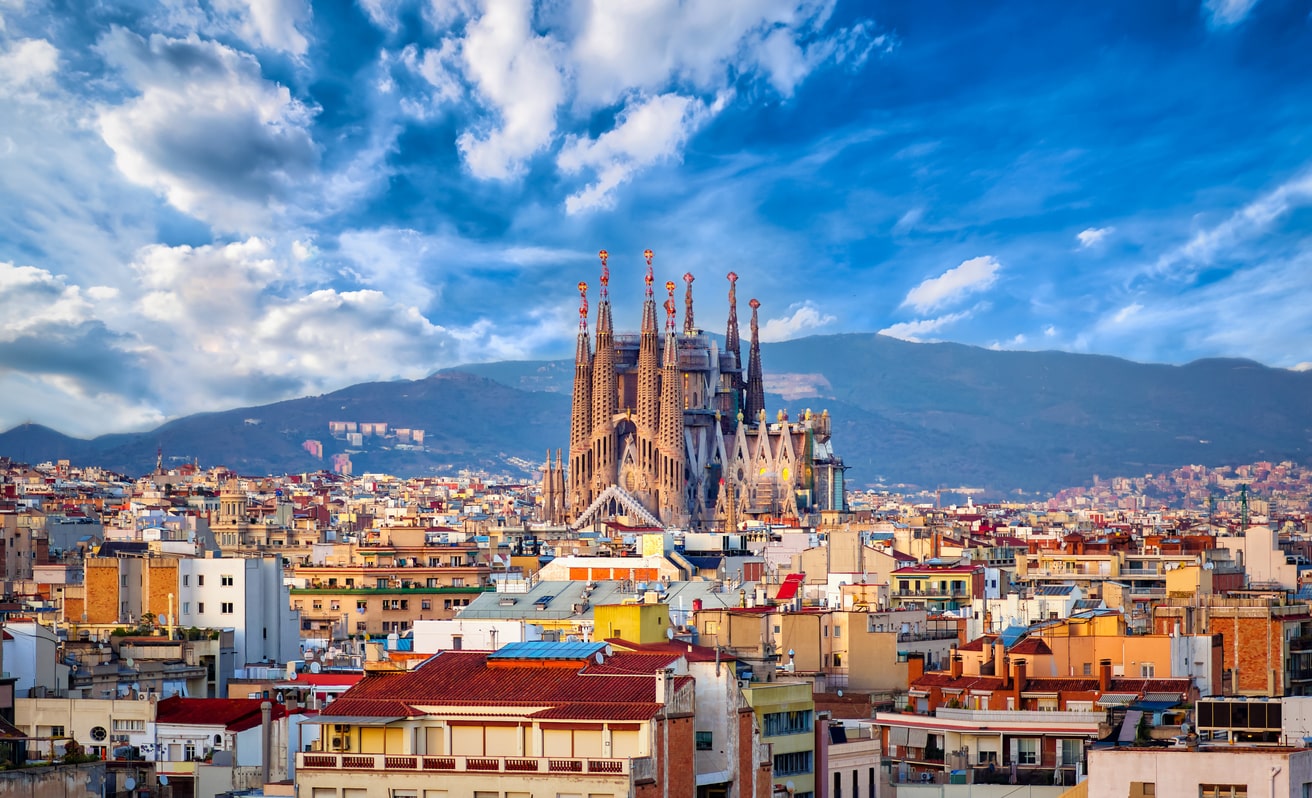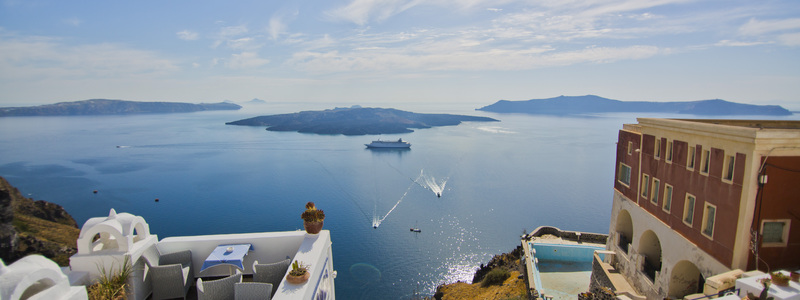With incredible architecture, and ancient relics from the rule of Romans, Greeks and the Republic of Ragusa, Croatia is a fascinating treasure trove of history.
With incredible architecture, and ancient relics from the rule of Romans, Greeks and the Republic of Ragusa, Croatia is a fascinating treasure trove of history.
Words by Triona McBride
Croatia, the jewel of the Adriatic, has been growing in popularity for some time due to its gorgeous beaches, stunning natural scenery and fantastic seafood. However, it’s not simply a place for sunbathing and gourmet dining with a beautiful backdrop: Croatia has a remarkable history with plenty of fascinating sites to explore.
Whether you’re interested in archaeological artefacts or following in the footsteps of the Romans, you can find much to pique your interest on a Croatia cruise.
The starting point for most tourists is Dubrovnik. Although Zagreb is the capital of the country, the seaside fortress town attracts cruise ships and people visiting for a variety of reasons, from sunshine to star-spotting.
Its primary attraction is the Old Town, which is surprisingly walkable. Navigating these cobblestone streets is like strolling through an open-air museum, as even the walls tell stories.
The Rector’s Palace is a must-see on a Croatia cruise; a long line of rectors – the chief citizen of the Republic of Ragusa, which Dubrovnik was at the centre of from 1358 to 1808 – lived here for several centuries.
The building itself is a blend of Renaissance and Baroque styles and inside many treasures can be found, including period furniture and great artwork of the Republic.
The Republic of Ragusa was also a grand naval power and more can be learned about this in the Maritime Museum located in St. John’s Fortress on the old harbour. See ancient navigational equipment, sailor’s uniforms and model ships from the era.
It’s hard to believe that less than 30 years have passed since the Yugoslav Wars, and Dubrovnik did not escape unscathed. Those who wish to learn more about life under the Socialist Federal Republic of Yugoslavia, which no longer exists, can visit the Red History Museum in Gruz, which reflects the period.
The Roman Emperor Diocletian had an enormous palace constructed here, which took a decade to realise. White stone was brought from Brac, while marble was sourced in Greece and Italy and columns from Egypt.
The palace contains numerous buildings and courtyards to explore, including the vestibule leading to what was once Diocletian’s own personal residence.
The Cathedral of Saint Domnius is also worth seeing, as it has had very little reconstruction, so you can admire the original reliefs and brickwork. See the granite sphinx sculpture sitting at the foot of the bell tower.
Pula can be easily reached from Venice, and visitors flock there to see the only remaining Roman amphitheatre with its four side towers preserved. Constructed between 27 B.C. and 68 A.D, it housed gladiatorial events. It is still used today for theatrical productions, ballet, opera and concerts.
The historic city of Trogir, founded by the Greeks, is another lure for historians and lovers of urban planning. Porec Old Town reveals a variety of cultural influences across its 2,000-year history.
Croatia is simply abundant in historical sites and relics, so much that one could spend a month there and find something new to see every day.
Duration: 8 nights
Where: Rome, Italy | Dubrovnik, Croatia | Kotor, Montenrgro | Corfu, Greece | Zakynthos, Greece | Naples, Italy | Rome, Italy
Ship: Celebrity Beyond
Price: From £1,588 pp






Become the first to know about win-a-cruise competitions, on-trend holiday inspo and don’t-miss travel advice from the experts.



 United Kingdom
United Kingdom USA
USA